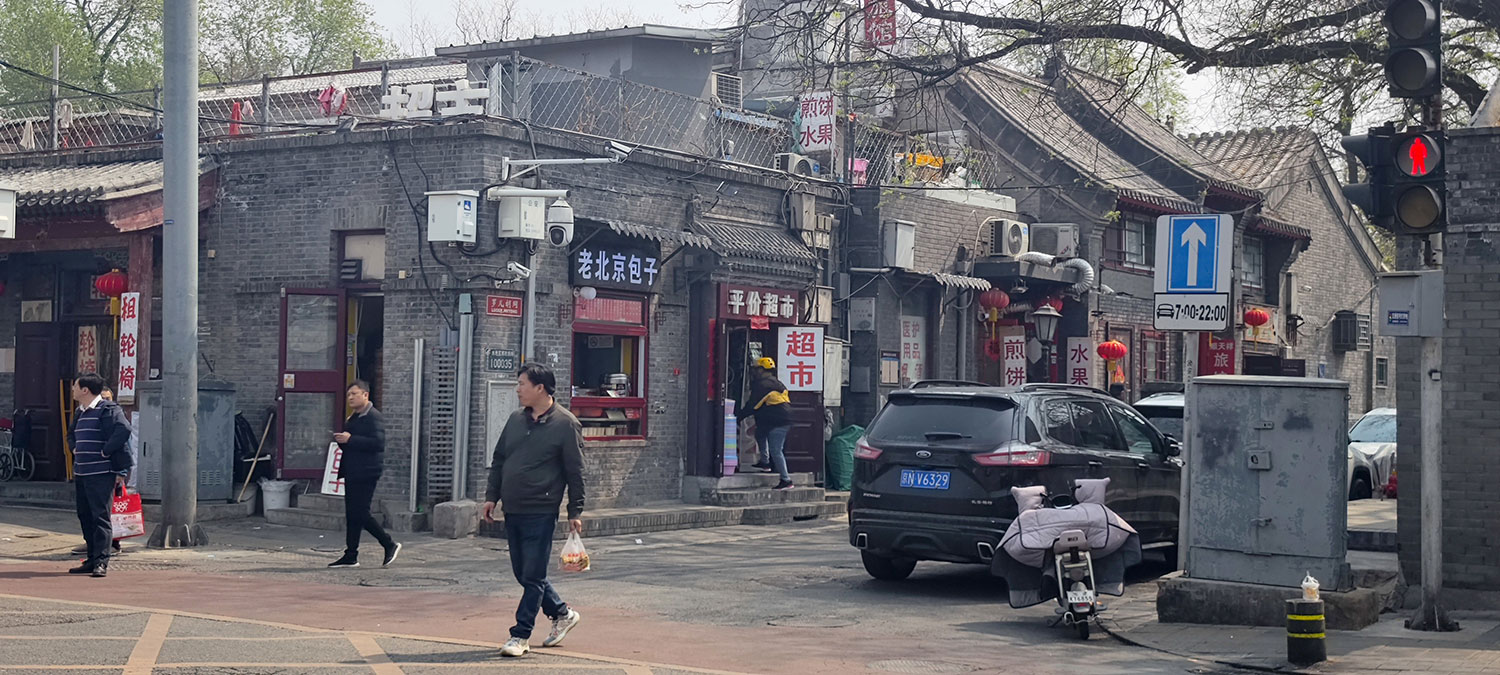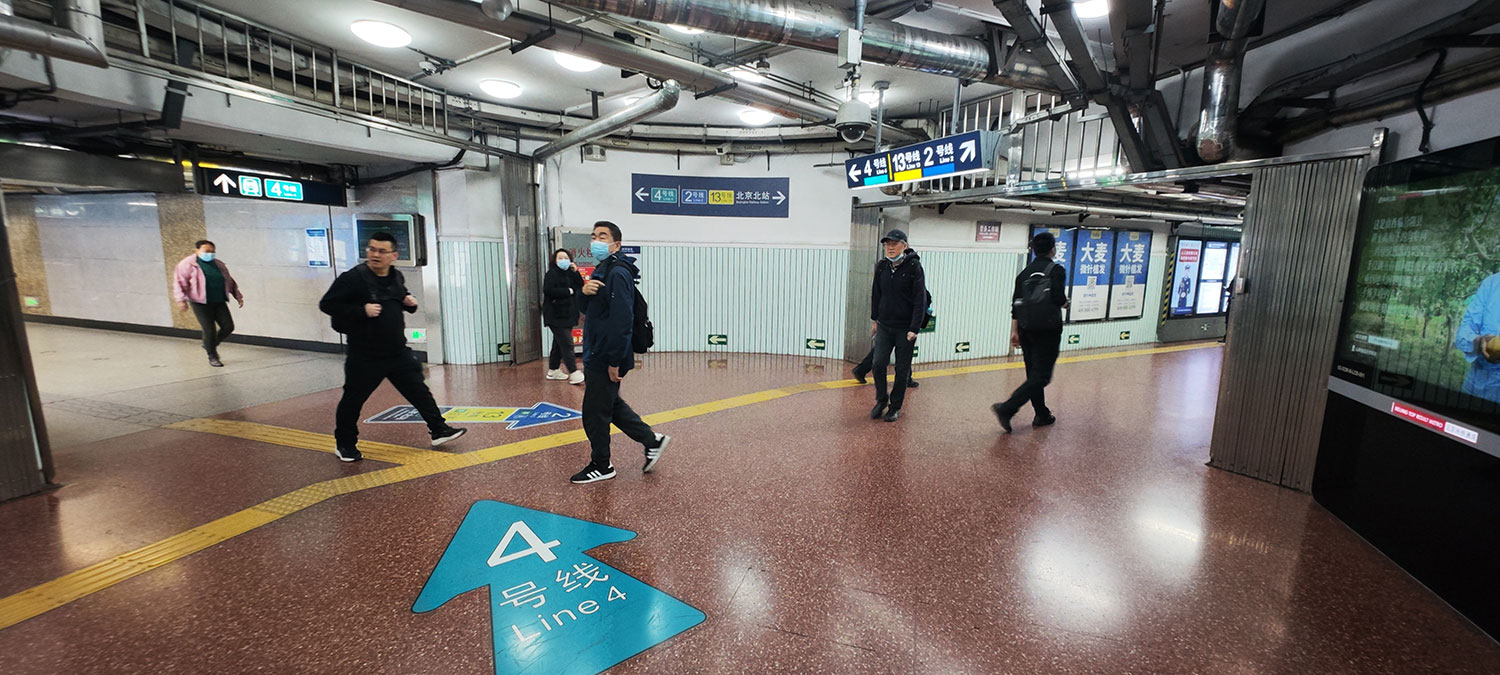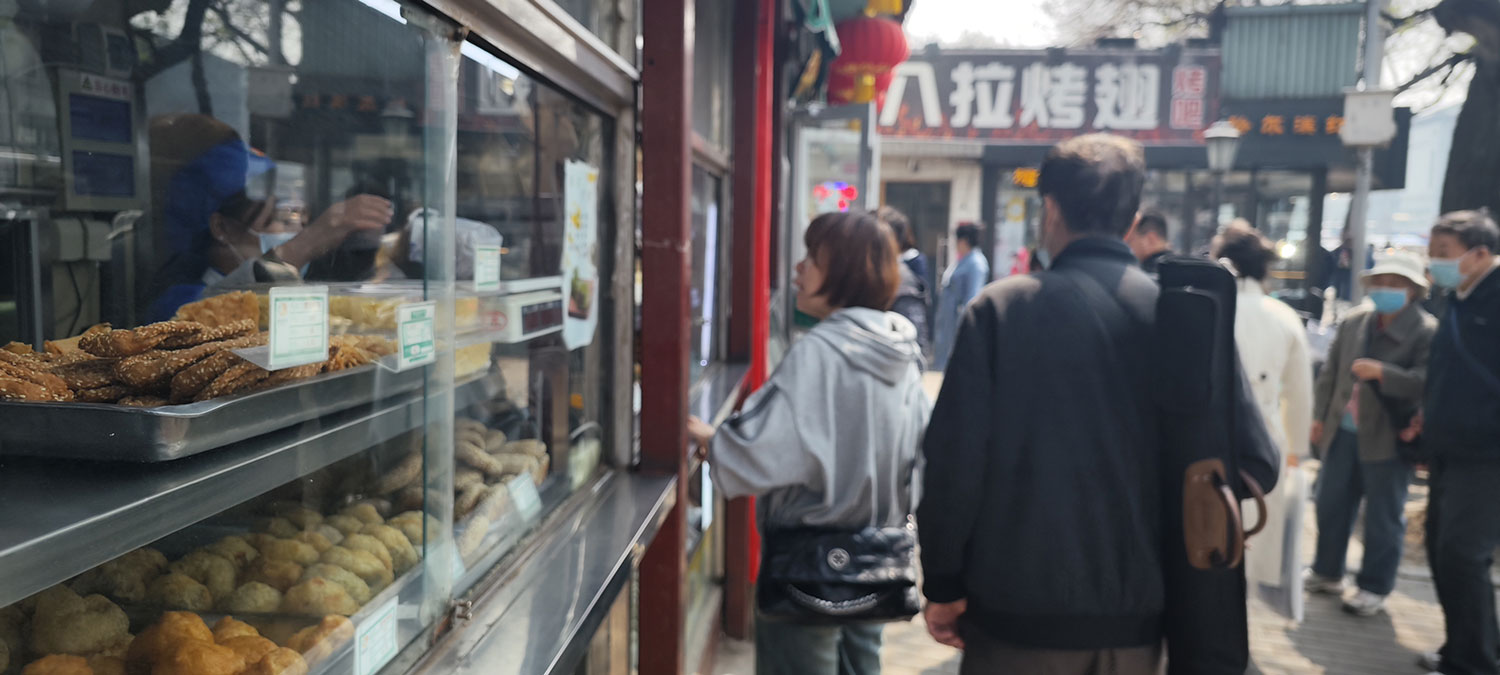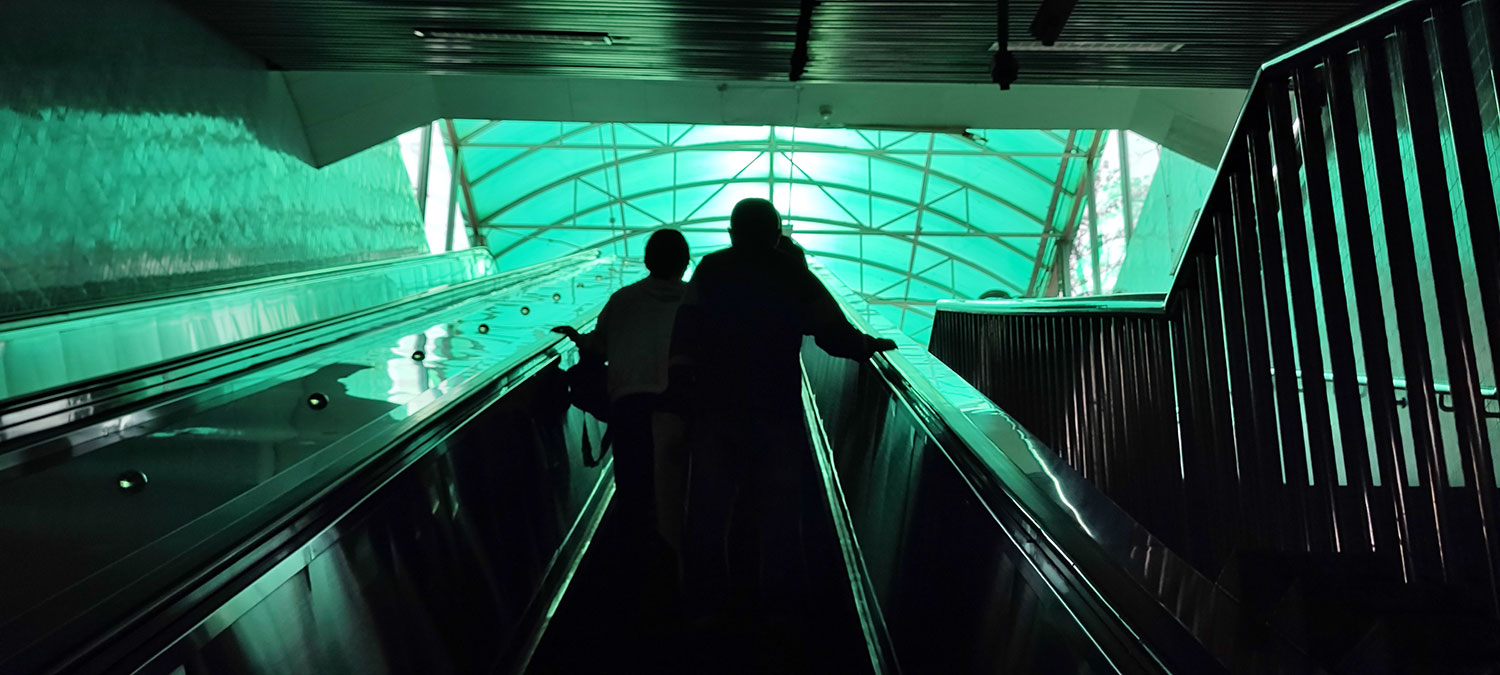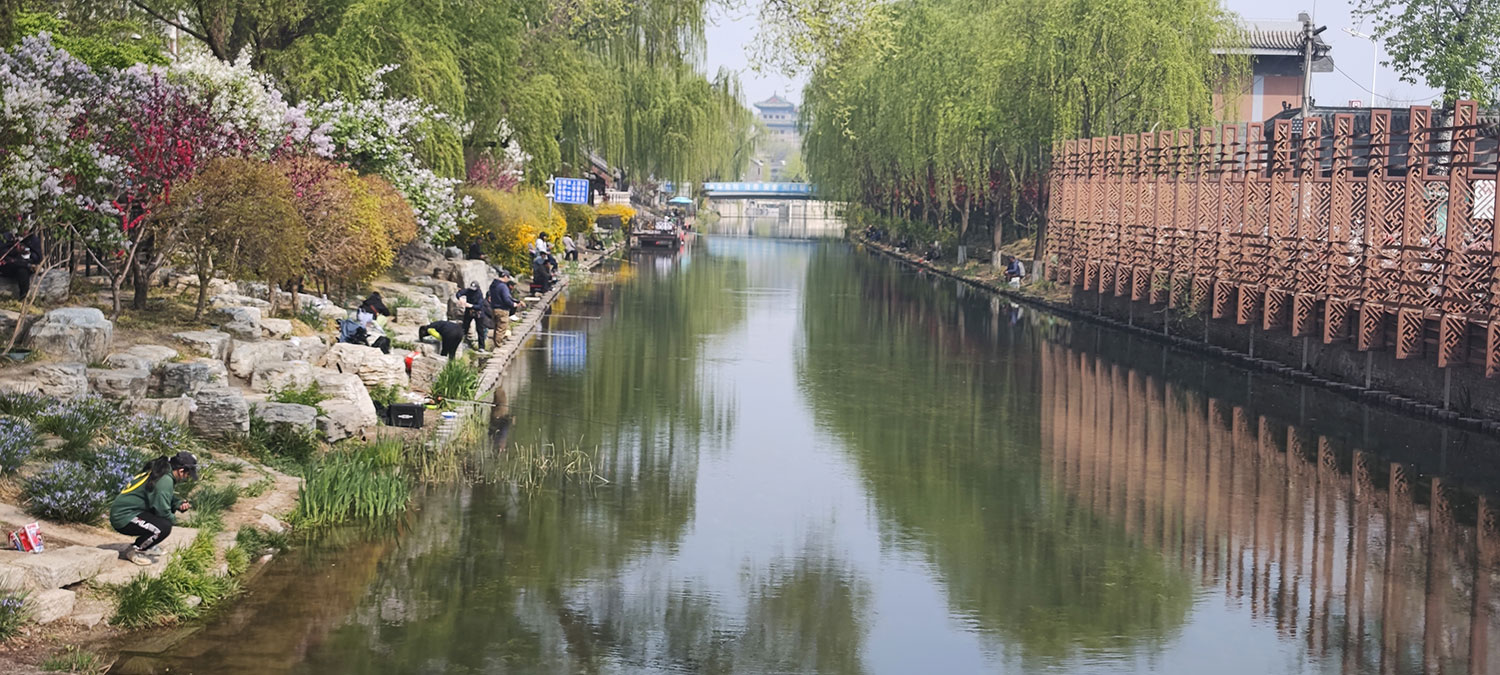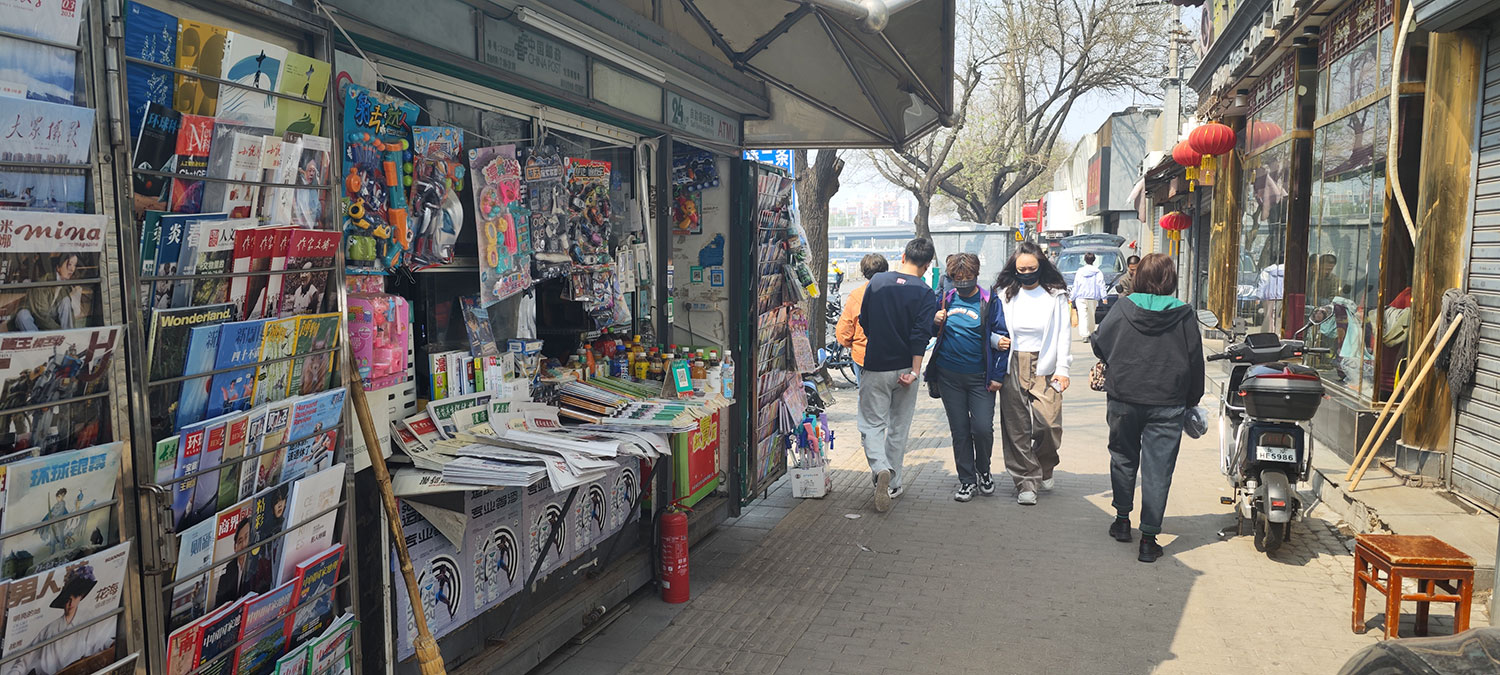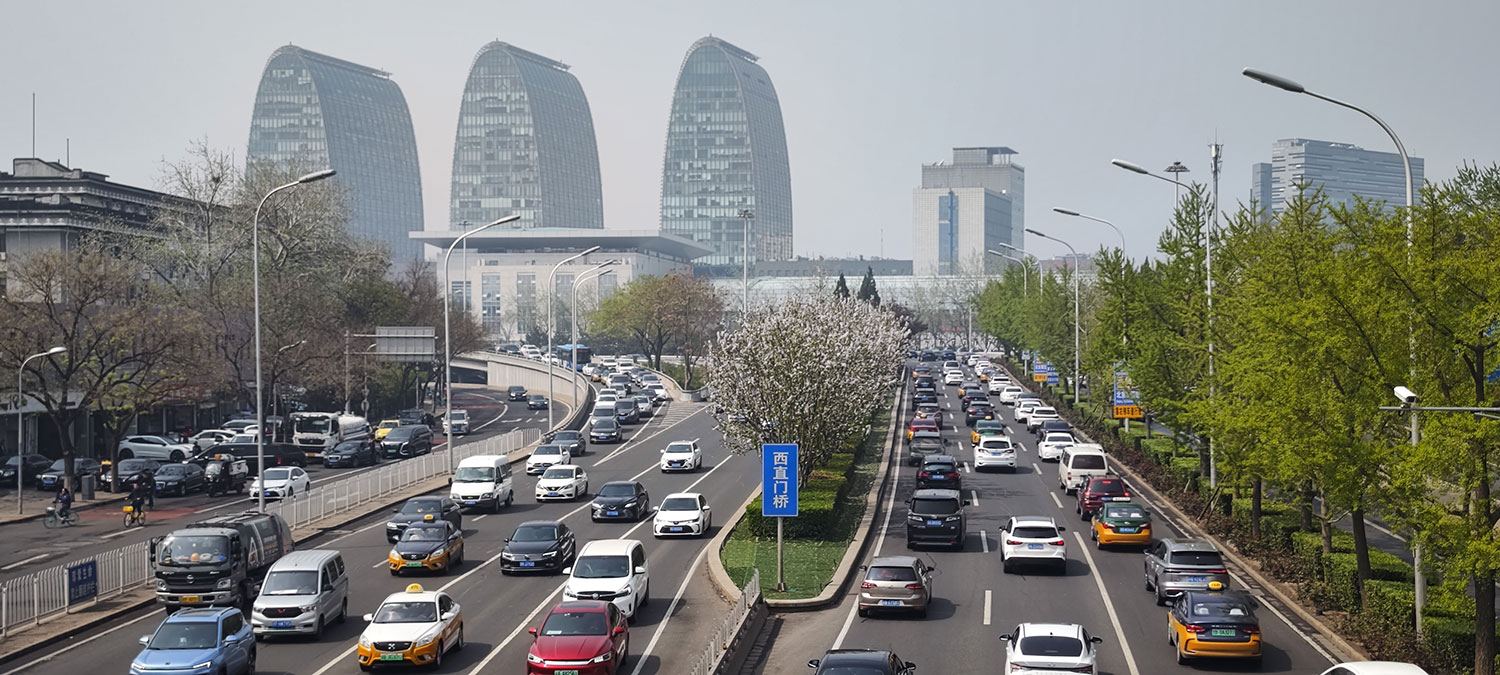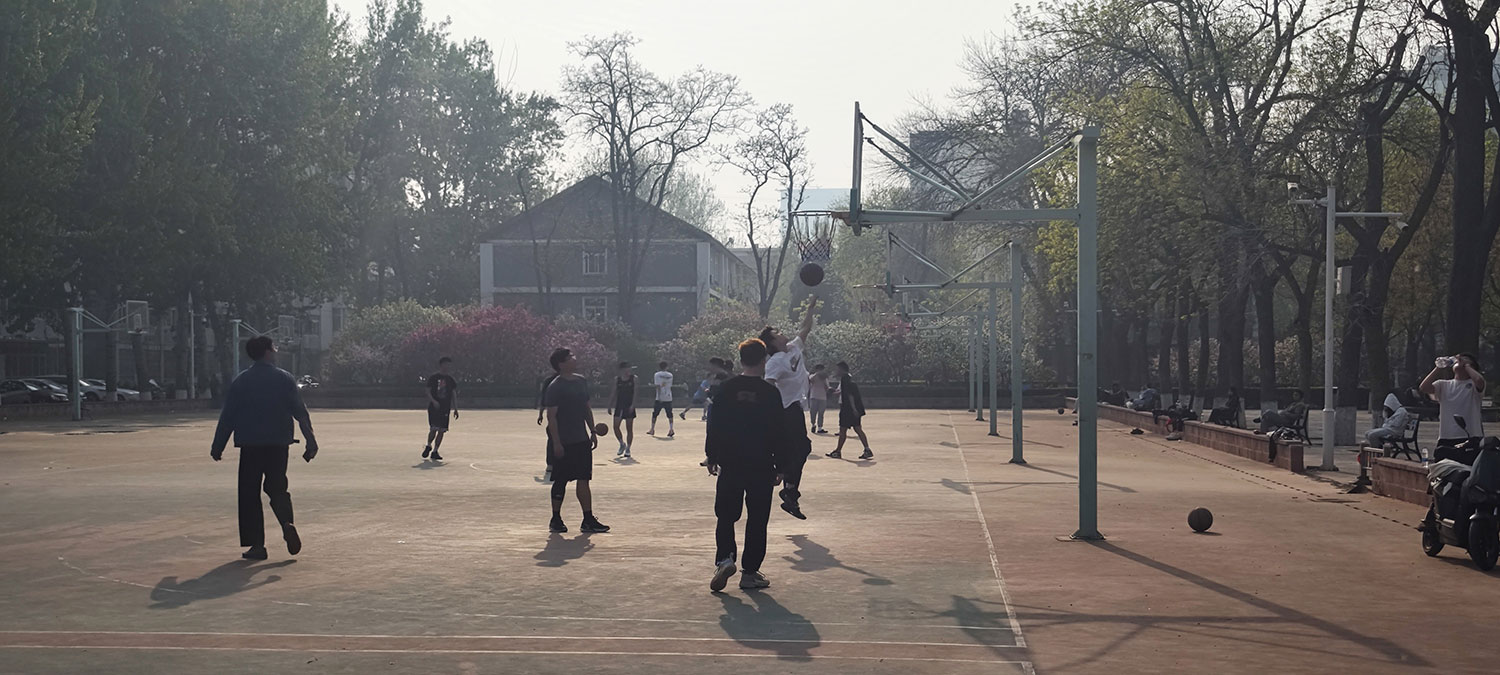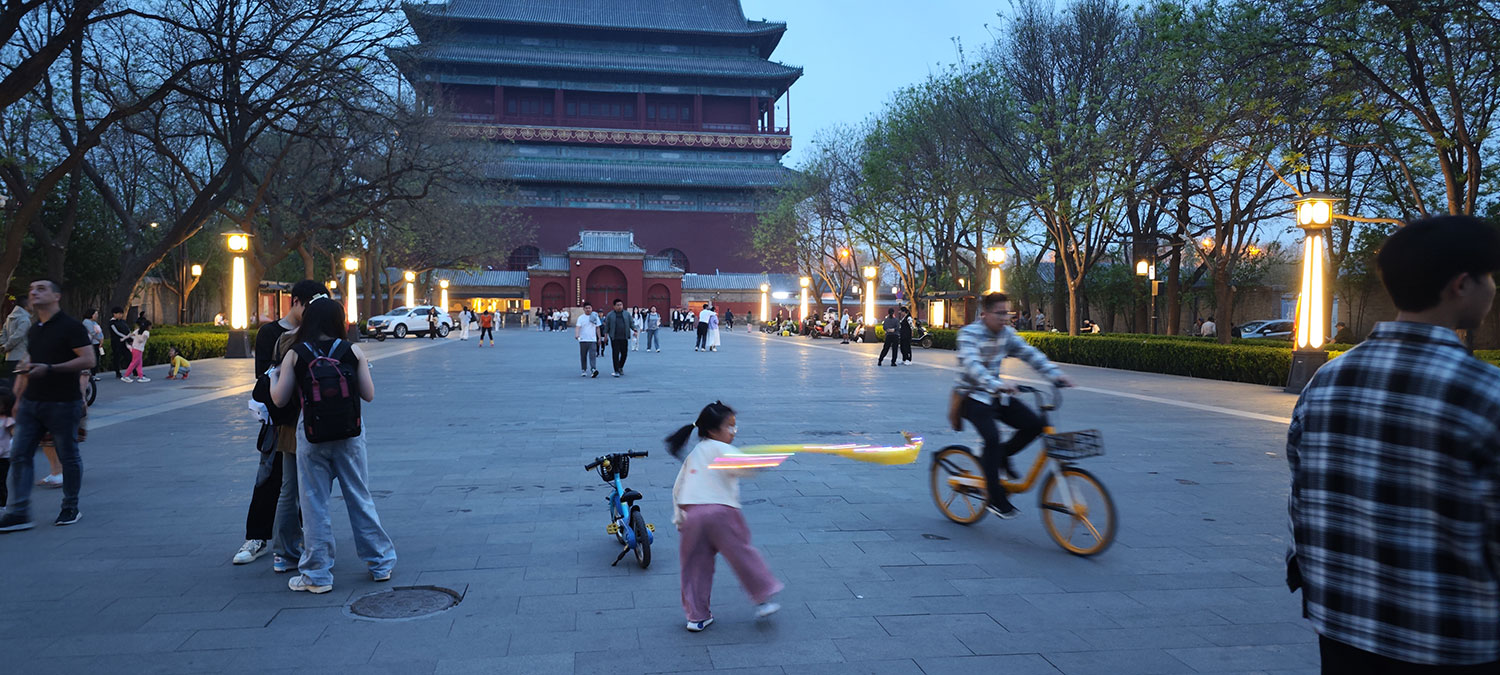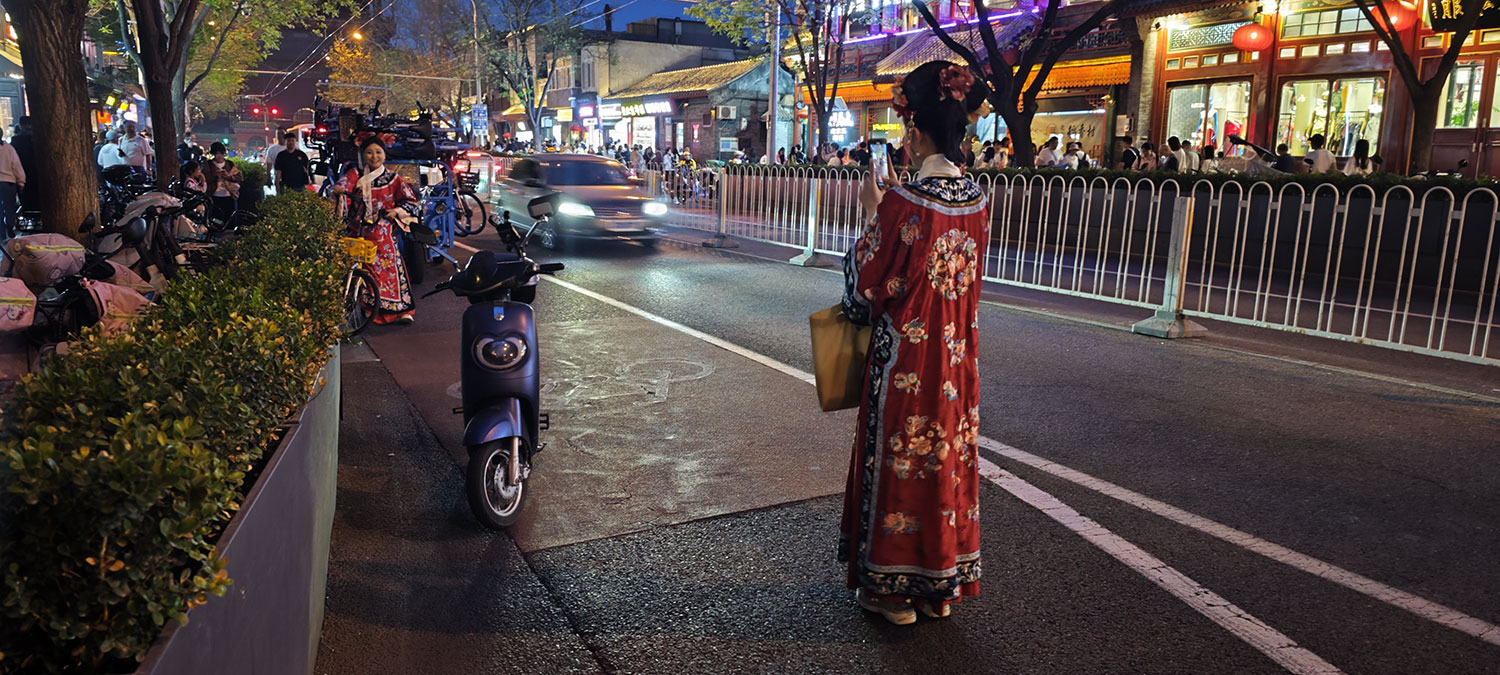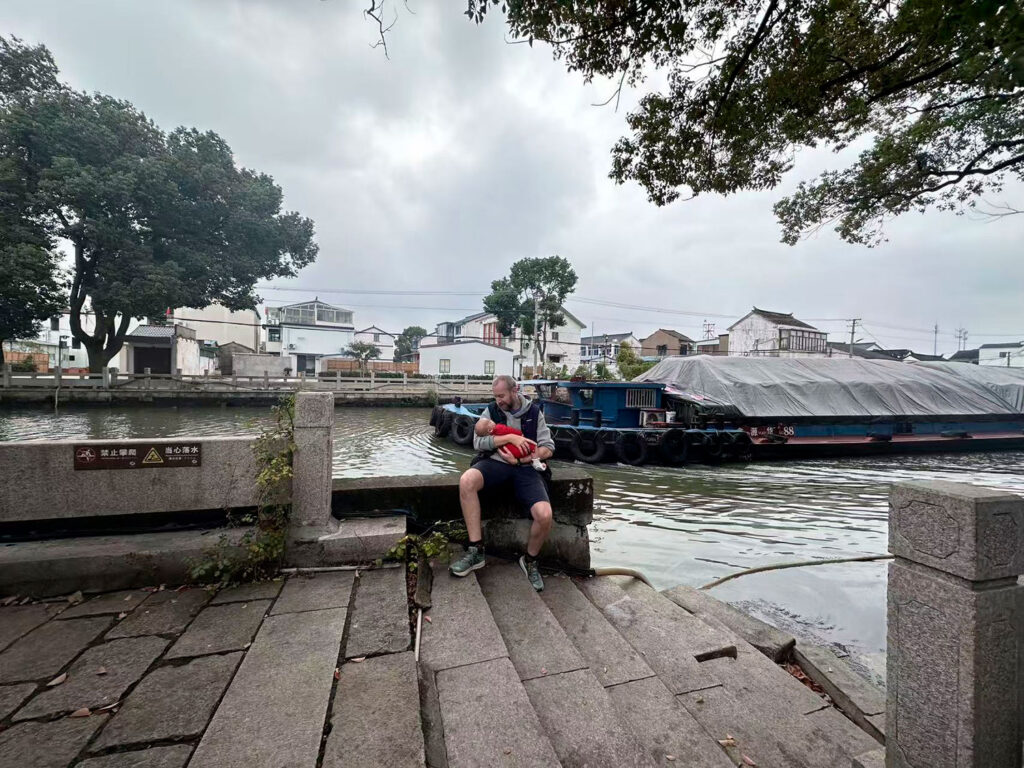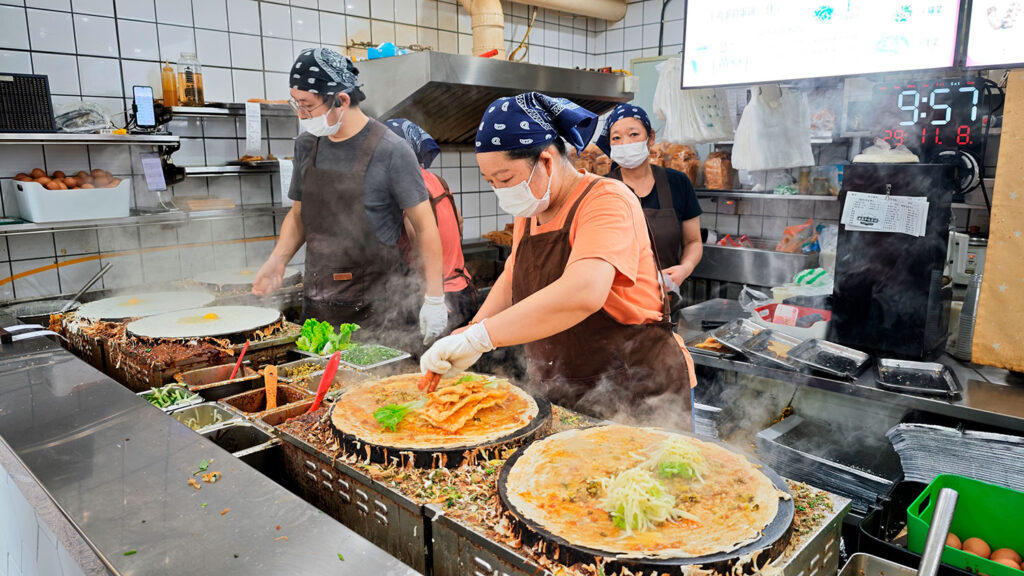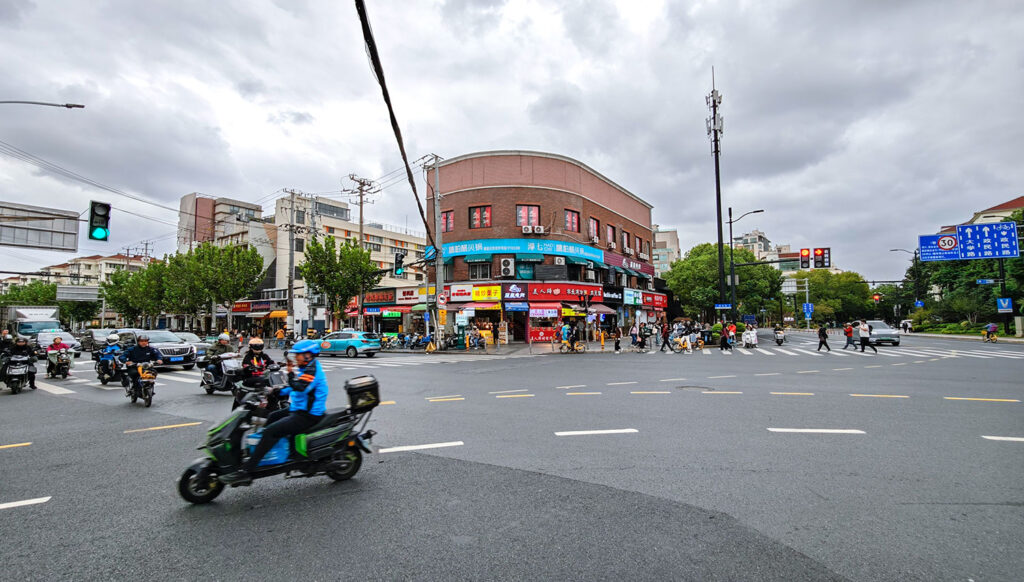I visited Beijing before, but never got to know it. In 2019, I hastily went to the Forbidden City, a hutong, and the 798 Art Zone, and it reinforced my idea of Beijing as a historic city, housing the government and tons of museums and landmarks. It’s to Shanghai what Washington is to New York, or New Delhi to Mumbai. But that’s also the problem. The more iconic a city becomes, the less other meaning it can have to us. Top attractions top lists and famous architecture need to be molded into ice creams or make their way into top-10 articles on TripAdvisor. It’s “I love SH” because on the t-shirt there’s space for no more. Mass tourism creates an artificial stereotype — often based on the past reality of the place, which doesn’t actually exist anymore — and ignores all else. You see the same in Amsterdam, where the city center has become a sort of Disneyland for tourists, which is very different from the city experienced by people actually living there.
I’m now back in Beijing, alone for a day before my sister arrives for her first visit to China. I worked 15 days in a row to finish a project in time, and the freedom to walk around feels fresh. I don’t want to go to any important sites, but rather just walk around randomly. And you don’t get to learn about a city as big as Beijing in 20.000 steps, but I’ve seen more from it today than those 3 days in 2019.
